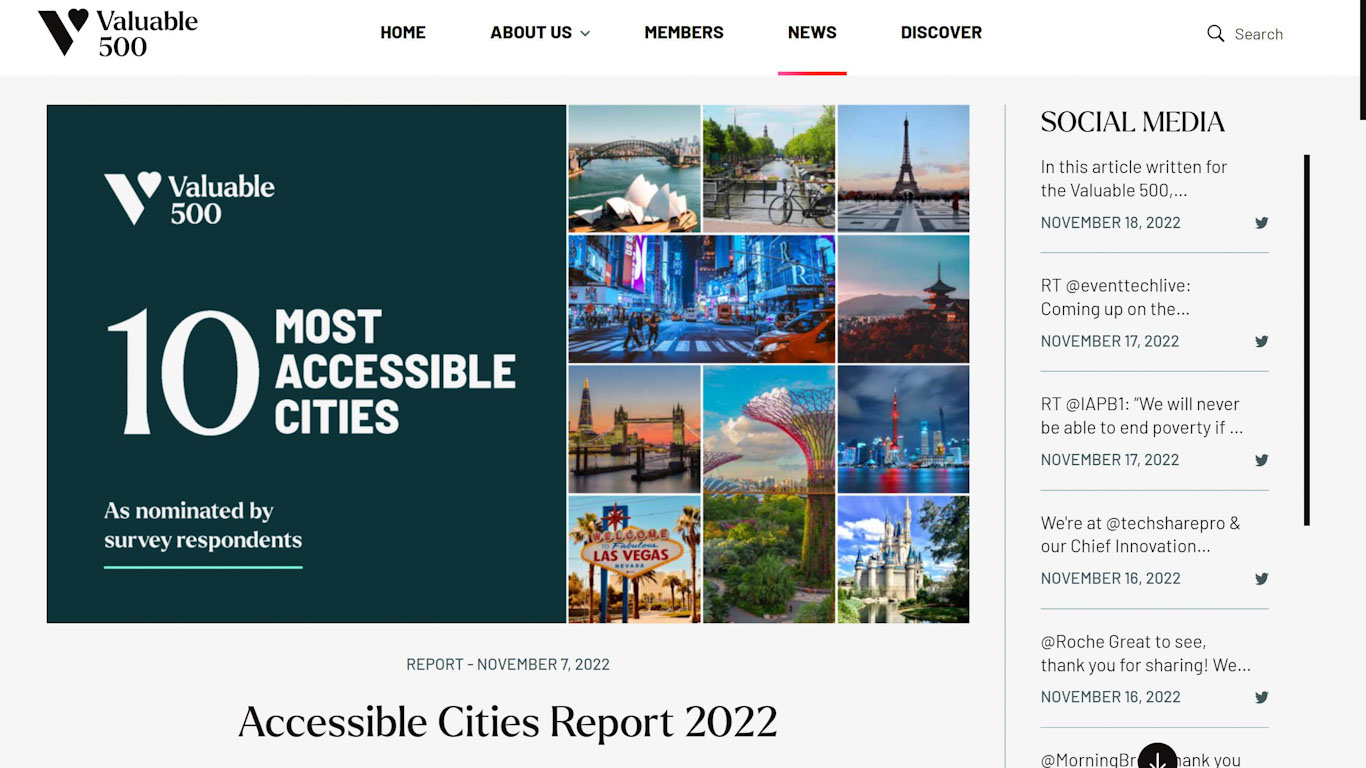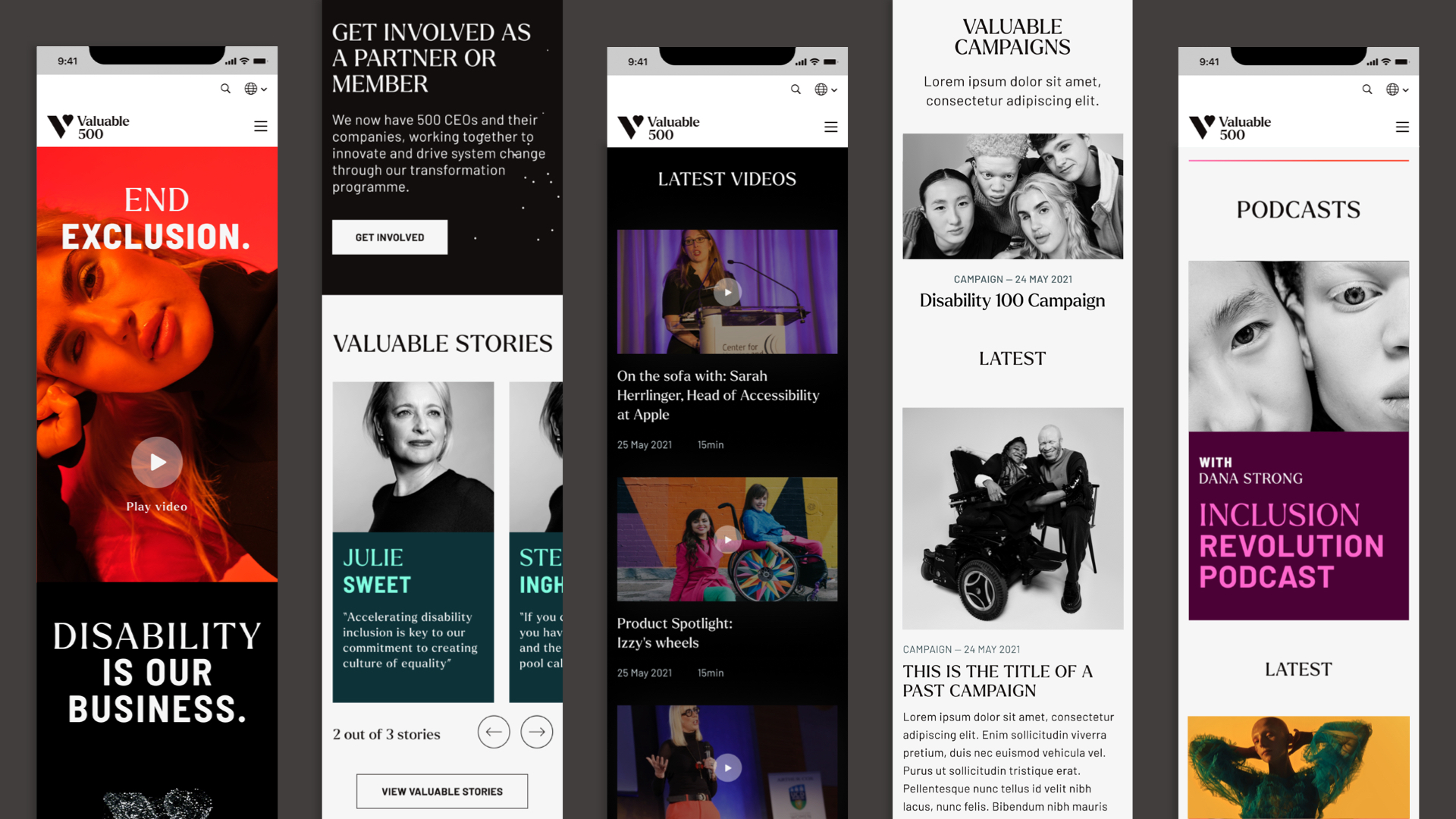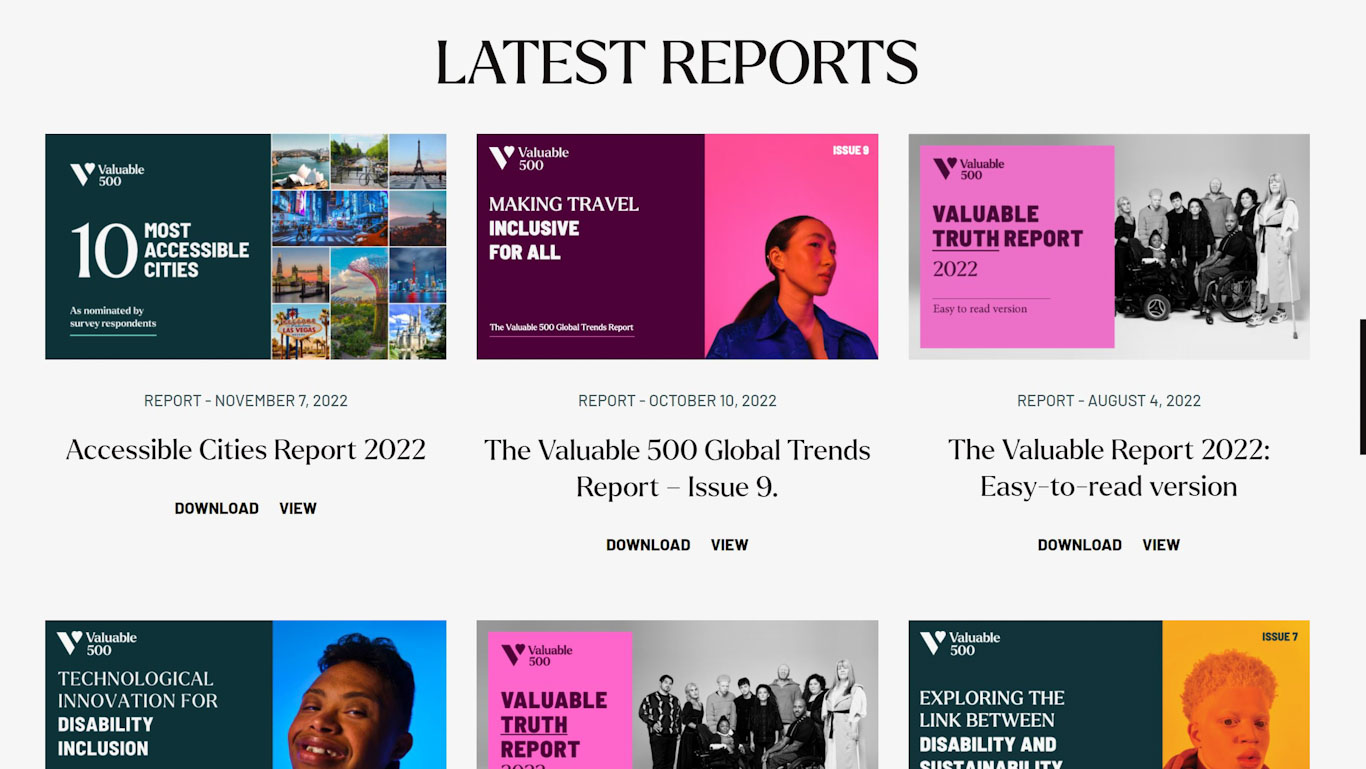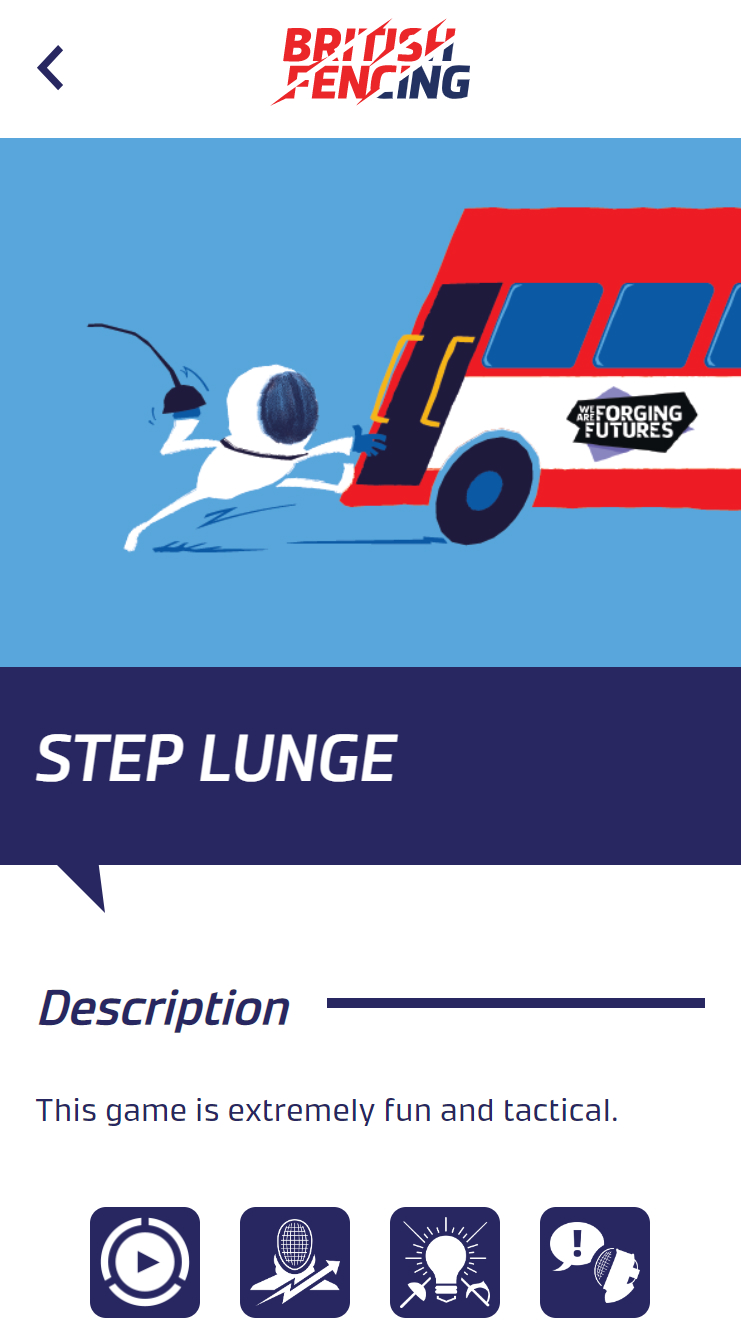Charity
Education and Childcare
Nonprofit organisation
St Margaret’s is a hospice based in Somerset, caring for individuals aged 18 years and above facing life-limiting illnesses.
The hospice is known for the strong, personal connections they build with the people they care for. But behind the scenes, disconnected systems and outdated tools were making that work harder. Staff spent too much time chasing information, slowing down their fundraising efforts.
St Margaret’s struggled with their incumbent CRM system. Reports took forever and income tracking was painful. It was hard to see exactly what data they had and whether it was GDPR-compliant. This made fundraising harder and added unnecessary stress.
Face-to-face conversations with the team and senior leaders helped us get a clear idea of how the new CRM needed to work. It had to match their day-to-day processes and support clear, accurate reporting for funders. They needed tools that fit how they worked – not a generic system.
Every detail was mapped out to make sure the new system worked in practice, not just on paper.
Data capture and storage were shaped to help teams work together more easily. The system was kept simple so everyone could use it, even those less confident with tech.
The finance team needed to track income for reports and audits and pass that information on to the accountancy team without confusion. The plan made sure this would be smooth and reliable.
A phased approach helped keep things stable while large amounts of data were transferred. This gave staff time to adjust and reduced the risk of setbacks.
A first version of the new system was set up, with all the important information clearly organised so nothing would be missed. St Margaret’s had been on the incumbent CRM system for more than 20 years! A steady hand was needed to migrate everything correctly. Breaking the migration into smaller steps also made it easier to ensure GDPR compliance (by standardising consent across data from various sources and ensuring that the gathering and recording of consents was robust and auditable)
A pilot group tested the system first, identifying opportunities for enhancement, before the full migration. Then the entire database was moved over, with face-to-face training easing the transition for everyone. Each step was explained clearly, so staff felt confident and not overwhelmed by the change.
St Margaret’s now has a clear view of all fundraising data. They don’t wade through spreadsheets or wonder if records are up to date. Income tracking is straightforward, and reporting takes a fraction of the time.
Staff can see exactly who has donated, when and how that fits into each campaign, with their new CRM, Beacon. This means they can plan new fundraising efforts with confidence. Sensitive data is compliant with GDPR which removes the stress of unclear or outdated records.
The hospice team feels more in control. Day-to-day admin is easier and they have more time for what really matters: providing exceptional care to those who need it most.
"Telescopic supported our Hospice through the configuration and implementation of a new CRM after 20+ years of using an outdated legacy system. The team were brilliant. Responsive, insightful and expert in their advice. They made a culturally difficult project accessible and inclusive and helped alleviate colleague worries during a considerable change management process. A pleasure to work alongside and nothing ever felt like too much trouble, despite some of our strange requirements!"
Joanna Hall, St Margaret’s Hospice Care
Tight budget? A limited timeline or any other obstacles preventing you from moving forward? We’re here to get you unstuck!
Valuable 500 is a global collective of 500 CEOs and their companies, innovating together for disability inclusion. Its aim is to recognise the unique value of the 1.3 billion people living with a disability, connect with them and build a more inclusive society.
We teamed up with brand consultancy Saffron to plan, develop, test and implement a range of accessible products that would form the core of the award winning nonprofit website and the Valuable 500 digital portfolio.
Turns out its not just a triumph of accessibility, but also great for our SEO! *Throws in another mention of being an award winning digital agency in London*
We wanted to create an environment for The Valuable 500 that helps them to end disability exclusion by uniting people to spark action and accelerate change. Our task was to help them connect the leaders of the world’s most influential companies, D&I teams and people with disabilities, creating an inspiring digital ecosystem capable of fostering inclusiveness.
This ecosystem would comprise:
A web-app for Valuable 500 members, where they could find all the tools needed to fast-track their disability inclusion journeys. This platform would also help members build connections, share knowledge and ultimately accelerate change through access to resources, events and D&I specialists.
A public website would showcase the latest global trends, news and innovations regarding disability and inclusion. It would provide a platform for inclusive conversations to raise awareness by giving access to information for everyone and act as one of the main touchpoints for The Valuable 500 to express and bring to life their brand, purpose and mission. The platform should also include a section for the disabled community to get their voices heard.
Working as a multi disciplinary team, we assessed the full spectrum of requirements and established a blueprint for delivery. This included iterative wireframes, user stories and technical specifications. We defined the initial elements of the platforms, how users would interact with them and mapped public-facing and back-office functionality. We selected a tech stack which would provide a robust foundation, whilst offering flexibility and scalability as the sites and their audiences grew.
Implementation included configuration of a highly flexible, modular CMS to manage complex content requirements on both the public website and the private members app, and which provides capacity for scaling. The system integrates with the Microsoft Dynamics CRM to manage members details efficiently and provide one source of truth for The Valuable 500 members data.
We worked hard to make The Valuable 500 digital platforms accessible to every user and on every device. Working with our partners from Crownpeak (previously Ilumino), these products have been tested and optimised to make sure that usability extends to every audience. The result is our most accessible build to date! The CMS gives The Valuable 500 the tools to create and edit highly customised content, whilst remaining fully accessible.
Since going live, we have continued to provide vital support to The Valuable 500 team. From being on hand to address technical challenges to enhancing core functionality based on user feedback, our Maintain service gives The Valuable 500 the peace of mind to scale & succeed with their digital presence.
But becoming an award winning digital agency was never the goal – it’s just great for our marketing team and the SEO! But we’re already busy, working hard on version 2.0 to ensure The Valuable 500 are supported all they way to SYNC25.
We were delighted to receive a BIMA (British Interactive Media Association) Gold award – alongside our partner Saffron Brand Consultants – for our work on the Valuable 500 digital estate.
Across The Valuable 500 members, 81% of companies reported that they were better placed towards making progress in disability inclusion than a year ago, having engaged with the available online resources and the business network.
Some of the world’s most influential brands have joined The Valuable 500 collective, including Apple, Google and Microsoft.
Mary Keane-Dawson, BIMA Awards 2022
Tight budget? A limited timeline or any other obstacles preventing you from moving forward? We’re here to get you unstuck!
The Royal National Institute of Blind People (RNIB) is a leading UK charity focused on helping those who are blind or have partial sight. They’re dedicated to breaking down barriers and making everyday life more accessible for people with visual impairments. Their commitment to improving lives is inspiring!
RNIB wanted an app to help visually impaired users find their way during the last part of their journey, like getting from a train station to a nearby theater. This might sound simple, but it’s a big help for someone who can’t rely on traditional navigation apps to finish their route.
To make this happen, they needed a system that could grow and change easily. Think of this system as the backbone of the app, where all the routes and steps live. It needed to be strong to handle lots of information, but also easy for them to change or add new routes when needed.
Our role? Working with Good Innovation to create a prototype app that ensures that it is easy for everyone to use. This meant focusing on making a complex data structure simple to move through without being able to see it!
The plan was to create an MVP (minimum viable product) that could be expanded upon once the concept has been proven.
For simplicity, we started with a web app to deliver easy access through browsers. Our plan included expanding it into a hybrid app for iOS and Android later. By adopting this approach, any changes made to the app’s content would automatically update everywhere at once, ensuring consistency and ease of use across all devices.
We looked at different ways to build the app, from simple methods that don’t require much coding to more complex custom designs that we create from scratch:
We opted for a custom frontend build to tailor the app specifically to RNIB’s needs, because it’s the only way to have full control over accessibility features. We chose Strapi for the Content Management System (CMS) because it’s flexible and scalable. Perfect for managing the app’s content as it grows.
For the front end (the part of a website or app that you interact with directly), we went with Angular. It helped us create a custom, fully accessible and easy-to-use interface that makes navigation smooth and straightforward for users.
The CMS, API and the user-facing part of the app had to be ready quickly for the first group of pilot testers and RNIB’s experts, who audited the app’s accessibility compliance.
Combining the need for blind and partially sighted people required lots of trial and error to combine the needs for screen-readers with visual elements on the page.
Working with the RNIB team for iterative accessibility reviews, we got invaluable feedback and insights, pointing out specific areas that needed improvement.
After the initial development, the app has moved into pilot testing. We trained the RNIB team on how to use the content management system and gave them a detailed user guide. This way, they can update and manage the app’s content on their own, keeping everything running smoothly and staying up-to-date.
Thanks to our tight teamwork and clear communication throughout, the app is now in a position to help users confidently tackle the final steps of their trips. By focusing on often-ignored details for visually impaired users, the app fills a big gap in today’s navigation technology.
The app is currently in pilot mode and will be available for the general public soon!
We’ve made a commitment to accessibility a long time ago, but this project is special for us. It has enhanced our approach for future client projects by:
More than anything, it highlights just how important accessibility is in digital and our commitment to creating solutions for everyone.
For two centuries, Wimbledon Guild has been there for the local people. Wimbledon Guild is a community charity that provides practical help and emotional support for people in Merton, aiming to reduce social isolation and improve well-being.
They provide supportive services and engaging activities, while also offering a special fund for those struggling financially, supported by donors.
For a nonprofit to thrive, it’s crucial to show the real-world difference they make in the community.
Wimbledon Guild needed a unified case management system — a digital tool designed to manage and track individual activities — not just another spreadsheet. This would make it easier to understand their data, compare different services, and find areas to improve.
Crucially, with clear data and insights available, Wimbledon Guild would be able to showcase the results of their work, enhancing their fundraising potential.
We set out to understand Wimbledon Guild’s specific challenges and goals through workshops with their dedicated team. We explored how they track their activities and how they measure their success.
We found that every service offered by Wimbledon Guild had its own way of recording information. For example, the team responsible for talking therapies keeps records differently than the team organising table tennis sessions. This resulted in several challenges:
We implemented a bespoke configuration of the Beacon charity CRM and case management system that maps out the experiences of everyone who interacts with Wimbledon Guild. This wasn’t just about tidying up – even if we do love a good spring clean!
It was about helping them clearly showcase the good they’re doing.
Transforming the way they work and introducing the new Beacon CRM system raised some concerns, especially from the therapy team. They wanted to showcase the value of their work but were wary about sharing sensitive details. We suggested putting general information into the new system and storing more private details securely elsewhere. This way, they could highlight their achievements without compromising confidentiality.
We also suggested introducing online bookings for events. Previously, attendees booked events for a whole semester, but attendance was inconsistent. This meant instructors struggled to predict turnout and spot availability. Online bookings would simplify things. But, understanding some might struggle to use it, we recommended keeping offline booking as an option too.
Nonprofit CRM transformation in action: for Wimbledon Guild’s management system, we designed it to be straightforward. Easy to input and easy to retrieve information about different activities.
Given that Wimbledon Guild has been around for such a long time – over 200 years! – they had stacks of old info. We sifted through it all, cherry-picking the key bits to pop into the new system. The rest? We stored it safely for any future needs.
To address the therapy team’s concerns about data security, we created a two-tiered storage solution: essential, non-sensitive records went into our system, while the more confidential notes were tucked away securely elsewhere.
For events, we utilised Beacon’s user-friendly online booking system. This lets people book sessions from anywhere, anytime. For those who preferred the traditional method, in-person bookings were still an option. The system also lets volunteers adjust their details and note down shifts. For those feeling generous, it’s there for donations too.
Wimbledon Guild has waved goodbye to the days of navigating through chaotic and inconsistent data. Now, with their Beacon CRM implementation, they’re equipped with clear, streamlined insights. This will help them improve their services and highlight their impact to attract more donations.
Meanwhile, by automating previously manual tasks, we’ve lifted a significant admin burden off the team. This allows them to redirect their energies from mundane data entry to more impactful, mission-driven work.
As a charity working with children and families to maximise educational opportunities and improve life chances, ensuring their data tells a compelling story is essential for the School-Home Support (SHS) team.
In-school practitioners specifically explore the root causes of absenteeism. They work in partnership with families, schools and other agencies to develop supportive strategies for overcoming attendance barriers.
SHS used resource-heavy and mainly manual methods to track and showcase their impactful work with families across the UK. We set up a simple system to track these interactions, included privacy layers, and connected the tools they use every day. This has made it easier for SHS to view their data, showcase their achievements and use the latest data to get more support.
The SHS team plan to increase the number of practitioners working in schools and to grow their overall reach, which in 2022-23 was about 14,000 individuals.
The interactions with those children and their families were being tracked through an ineffective case recording system and multiple inefficient spreadsheets!
Picture this: coordinating information for 14,000 individuals across the year and recording the daily interactions with those children and families with a tool that doesn’t catch typos, doesn’t match workflows and feels like a time-drain to staff? Data embedded in text rich case recording made it hard to analyse the success rates for different strategies to help improve attendance – was it the type of intervention, or the frequency of follow up or other support combination that helped the most.
To get the full picture of how the SHS operates, we’ve had several workshops with SHS’ various teams: their leaders, data experts and people who work directly with students and their families. We haven’t done this to achieve death by meetings. It’s been necessary to understand their processes and the specific challenges each team is facing.
SHS wants to make sure that every young person, no matter where they come from, gets the same level of support. Without a clear view of all their work, this is a tough task.
Here’s the crucial bit: to keep going, SHS needs backing from companies and other groups. But these stakeholders want to see that SHS is making a difference. Without a way to easily show this, it’s hard to get the support they need.
Some backstory
Before we engaged with the charity, SHS had been searching for the ideal case management tool. A platform where practitioners could log and view their interactions, cutting out the spreadsheet chaos.
They went through several case management tools in the past – but all ended up gathering dust in the cloud: they either stretched their budget, were too complex for users or didn’t address their unique challenges.
After listening to the team and assessing their systems and data collected it was clear to see where things needed to change.
The charity needed a system that was one thing: easy. It should be quick and straightforward, so workers would actually use it on a daily basis and only ask them to input data that was absolutely necessary.
Another challenge was effective permission management: making sure staff in different cities or schools couldn’t see notes from other groups. Yet, SHS leaders and line managers needed to see notes and case info from their respective groups.
Our tailored recommendation
We defined what was needed to make practitioners enjoy essential data recording and to satisfy stakeholder reports and analysis needs. Then we researched the case-management tools market.
A detailed data structure plan and workflow of the required processes formed the backbone of the decision making process.
We ruled out most platforms due to deal breaking limitations. We decided to build a paired down, simple custom interface based on a low-code platform. A system that’s easy to adapt to their changing needs without overwhelming the users.
The data collected via this platform then needed to be presented in flexible dashboards that were easy to manage and configurable to multiple permission levels.
We chose an open source reporting tool that ticked all the boxes. The preconfigured reporting dashboards now answer all of SHS’s usual questions. This will provide easy-to-read summaries of all service users interactions and support efforts.
Dashboards for various user groups and permissions can show big-picture overviews or detailed reports, depending on what SHS needs. So, they can easily spot trends or dive deep into the data, all in a format that’s straightforward to understand and share with others.
Low-code platforms come with their own drawbacks and limitations. We made sure that we kept the SHS team up to date on progress and any issues we came across.
The bespoke case management system went through a rigorous pilot testing phase prior to launch. We identified and fixed any issues, whilst gathering vital feedback from users to make necessary improvements to the system.
The system was rolled out to the complete team in early 2024.
Helping SHS adapt to the system
Once the system was ready to use, SHS experienced a big change. It’ll take some time for everyone to get used to it: digital transformation for non-profits is a big job for humans!
We’ll be right there with them, smoothing out any bumps in the road. We’ve already ensured the new tool easily integrates with existing charity tools for a smoother future transition. This includes the software Star Online, used for visualising journey of change, and Google Workspace.
The next step is going to be a potential link-up with Wonde, a secure system that connects to nationwide school databases. Integration with SHS’ platform would mean staffcould bypass manual data entry for information schools already possess. This means less duplicate work for SHS practitioners. Freeing up their time to reach more children needing targeted whole-family support to improve school attendance.
We’re sharing strategic tips with SHS for managing and showing off their data. Our ongoing digital transformation support helps them find fresh ways to spotlight their impact and create detailed reports. These aren’t your everyday reports – they’re a victory lap in paper form, celebrating every achievement and bringing the charity’s impact into the limelight.
Catrin Doe, Head of Impact and Digital Delivery, shares her thoughts on working with Telescopic as their digital transformation expert in the UK and the project’s outcome:
“Working with Telescopic has been a refreshing journey in understanding and implementing digital solutions, approached thoughtfully from a human perspective. Their team demonstrated not just technical expertise but a genuine understanding of our work environment and challenges.
They:
The Telescopic team didn’t just meet our brief but went above and beyond to propose a solution that we are now actively implementing with their robust support. Their timely, collaborative, and innovative approach has been crucial in navigating our digital transformation effectively.”
Catrin Doe, School-Home-Support
Read next: a non-profit digital transformation
British Fencing (BF) is the National Governing Body for the Olympic and Paralympic Sport of fencing. It serves the wider BF community — fencing athletes, clubs, coaches, referees and countless volunteers.
BF believes that fencing is for everyone. It’s focused on making the sport more accessible, inclusive and diverse. For instance, it collaborates with schools, learning centres and other activity venues. Together they’re introducing kids to fencing who would have otherwise struggled to engage with the sport. They benefit from gaining new skills, building their confidence and learning how to think independently. In this sense, fencing helps them deal with life’s challenges and be happier individuals. It’s one of the many ways BF is driving social change through its programmes.
British Fencing engaged with us in March 2020 looking for help with an app — Explore Fencing. The product had been started by another agency before we arrived on the scene.
The Explore Fencing App was supposed to be a free-to-download interactive asset. One of its purposes was to introduce fencing to beginners through fun games. Each game would come with a description, a how-to guide and a video showing users how to fence. It would be an engaging way to make the sport less daunting and more accessible for those interested, while supporting community fencing coaches’ onward delivery to over 250,000 unique fencing participants each year.
The app was also designed for BF’s Licensed Partner Programme and their coaches, such as activity centres like Centre Parcs or We Are Forging Futures schools. Their version would be paid and they’d get access to premium content, such as teaching materials. Coaches would also have the ability to tailor the content for their uses. This was how BF intended to commercialise the app – by distributing paid-for content.
But the app wasn’t fit for purpose. As James Craig, Commercial Director explains, “From a backend perspective, it was buggy and inefficient. Simple actions, such as adding new content to the system, were extremely time-consuming. We weren’t as concerned with the frontend, but it wasn’t as modern as we had hoped.”
BF needed help fixing the app to make it publishable in iOS and Android app stores. To turn the product into a valuable asset, we first explained our plan. It was approved and we launched into action.
The code was riddled with bugs. We addressed them first-, so the app worked for all users. No more error messages or searching for fixes and workarounds. With a better, bug-free code, the user experience at both ends became seamless.
Then we rebuilt the app with a monorepo — one efficient code source for different platforms. Not only could BF now publish in iOS and Android app stores but it could deploy the app for the web. This new functionality enabled classroom use, further adding to its value.
Click here to check out the Explore Fencing app
We also helped BF with things like manual data imports. For instance, previously it would take app administrators dozens of clicks just to create a new user and assign them to games. Now it takes three.
We turned the app into a mature product. But our work wasn’t over. BF needed to easily create, edit and publish content on the Explore Fencing App. An effective content management system (CMS) would generate a new revenue stream for BF through paid-for content that was valuable to fencing coaches.
There was an existing function for this purpose – a .exe packaged windows application. It was tedious to use. Initially, we helped BF navigate it as best we could. But every time we encountered a bug that needed fixing, another would appear, so we made the mutual decision to build an online CMS.
Now, things like drag-and-drop functions and shared online access mean users can easily manage and distribute content. It also lets coaches add, edit and publish content, facilitating a more personalised experience. On top of the online CMS, we’re also making the app API-ready which opens up the future for exciting developments.
The Explore Fencing app project marked the beginning of a new partnership. To kickstart a rewarding relationship, we hosted a workshop with BF to assess its digital estate, how it operates and the types of systems it’s using. We’ll also build on our knowledge of BF’s purpose and long-term goals. From this, we’ll create a practical digital roadmap on how to help our client grow and improve. And, as always, we’ll explain the WHY behind our recommendations, keeping them fully informed every step of the way.
We’ll take the fluffy bits of a digital strategy and help implement it with practical no-nonsense solutions.
BF clicked with us, as James puts it:
“Telescopic went above and beyond the original scope,” James says. “I think that’s their default. Even if they finish something ahead of schedule, they’d be proactive in saying: Is there anything else we can help with? It’s not often you get to work with people so committed and proactive.
“The team is also very diligent,” continues James. “They use quality software for communication and always get back to you quickly. We were never left wondering what was happening with the project. And crucially, they put the effort in to make sure you understand the technical side of things. There wasn’t anything we didn’t get or weren’t prepared for.”
Watch the video below for more insight into James’ experience working with Telescopic.
Technology doesn’t have to be your forte. You can still wield it like an Olympian fencer with expert support. Sharpen your competitive edge and drive growth by engaging with us. (Ok, we’re going to stop now.)
We’ll connect you with tech that serves you and secures your success.
Call us on 02036331575 or email us at hello@wearetelescopic.co.uk.

















